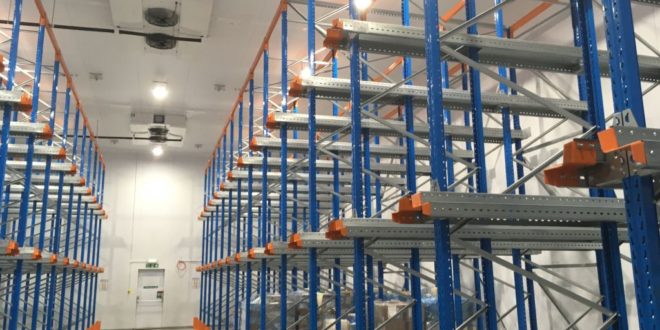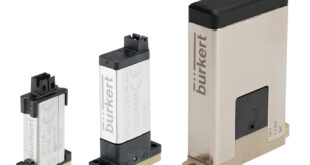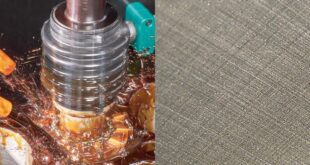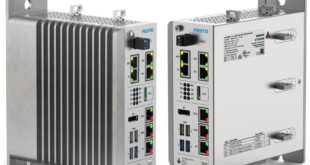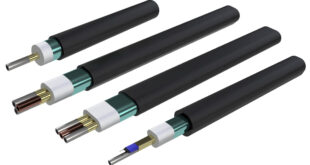The decision is based on the successful implementation of XL40 at Park Cakes Ltd, a supplier of premium private label cakes and desserts, in its new logistics and storage facility in Oldham, UK.
Since installation in September 2017, the system has been performing reliably and, as a result, Dawsongroup intends to expand the use of OpteonT XL40 in their fleet, choosing the innovative low GWP solution over other options such as industrial chemicals like CO2, ammonia, and hydrocarbons which, although having a low GWP, are not suitable for the application.
The selection of XL40 for Park Cakes is the result of close collaboration between Chemours and Dawsongroup Temperature Control Solutions, a UK-based supplier of cold storage solutions for temperature-critical products and service contractor of Park Cakes.
As Park Cakes is a very environmentally conscious company, they were looking for a low GWP refrigerant for their new 1,805 m3 low temperature cold store that met both their sustainability goals and operational needs.
Looking at an alternative solution to replace R-404A, Dawsongroup conducted some tests with OpteonT XL40 at its site in Sutton-in-Ashfield.
As the results demonstrated that OpteonT XL40 was the ideal replacement for new equipment, Dawsongroup recommended the new refrigerant from Chemours over CO2, hydrocarbons, or ammonia.
As Kevin Smith, Technical Manager at Dawsongroup, explained: “Selection of the correct refrigerant for the specific application and meeting the needs of the end user was critically important.
“Alternative refrigerants such as CO2, hydrocarbons or ammonia have proven unsuitable for this project because of equipment unavailability and complexity, high flammability or toxicity risks. This led to the ultimate choice of OpteonT XL40 with properties close to that of R-404A, allowing the existing equipment design to be used.
“The mild flammability of this refrigerant can be handled by regular service engineers after simple training, and its very low GWP secures its long-term viability.”
The GWP of OpteonT XL40 of 239 is 94 percent lower than that of R-404A (3922), making it a sustainable solution with respect to the F-Gas phase down.
It provides an optimal balance of properties and is perfectly suited to positive displacement, direct expansion low- and medium temperature commercial and industrial applications.
OpteonT XL40 offers improved energy efficiency and higher cooling capacities which makes it easy and cost-effective to apply in new equipment without major modifications.
Although classified as mildly flammable (ISO/ASHRAE Class 2L), OpteonT XL40 can be safely used if applicable codes and standards are observed.
Installation of the system was similar to installing a system operating with R-404A or R-407F. The use of OpteonT XL40 proved a winning choice, from installation to overall performance.
 Engineer News Network The ultimate online news and information resource for today’s engineer
Engineer News Network The ultimate online news and information resource for today’s engineer
